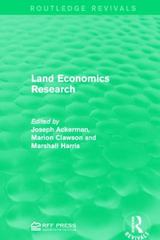Question
2) Suppose the average travel time to work (in hours) can be written as the function t(R) = t0R2 where t0 gives the congestion-free travel
2) Suppose the average travel time to work (in hours) can be written as the function t(R) = t0R2 where t0 gives the congestion-free travel time and R gives the number of riders on the Bay Bridge. There are 100 workers, who choose between commuting on the Bay Bridge and working from home. The value of working from home is Vh. The value of commuting to the office is given by the function V (t) = Vo 10t, where Vo is the value of working in the office when the travel time t is zero. We assume that everyone prefers working in the office under such conditions so that Vo > Vh. Further assume V0 < Vh + 100 a) (5 pts) What is the equilibrium value of commuting over the Bay Bridge? b) (10 pts) Derive the equilibrium number of workers who will commute to work in terms of Vo, t0, and Vh. c) (10 pts) Now suppose the government charges a fee of F to go over the bay bridge and that the proceeds of this fee are remitted to the entire population regardless of whether they drive or stay at home. Re-derive the expressions for the number of commuters and the equilibrium value of commuting as a function of F.
Step by Step Solution
There are 3 Steps involved in it
Step: 1

Get Instant Access to Expert-Tailored Solutions
See step-by-step solutions with expert insights and AI powered tools for academic success
Step: 2

Step: 3

Ace Your Homework with AI
Get the answers you need in no time with our AI-driven, step-by-step assistance
Get Started


